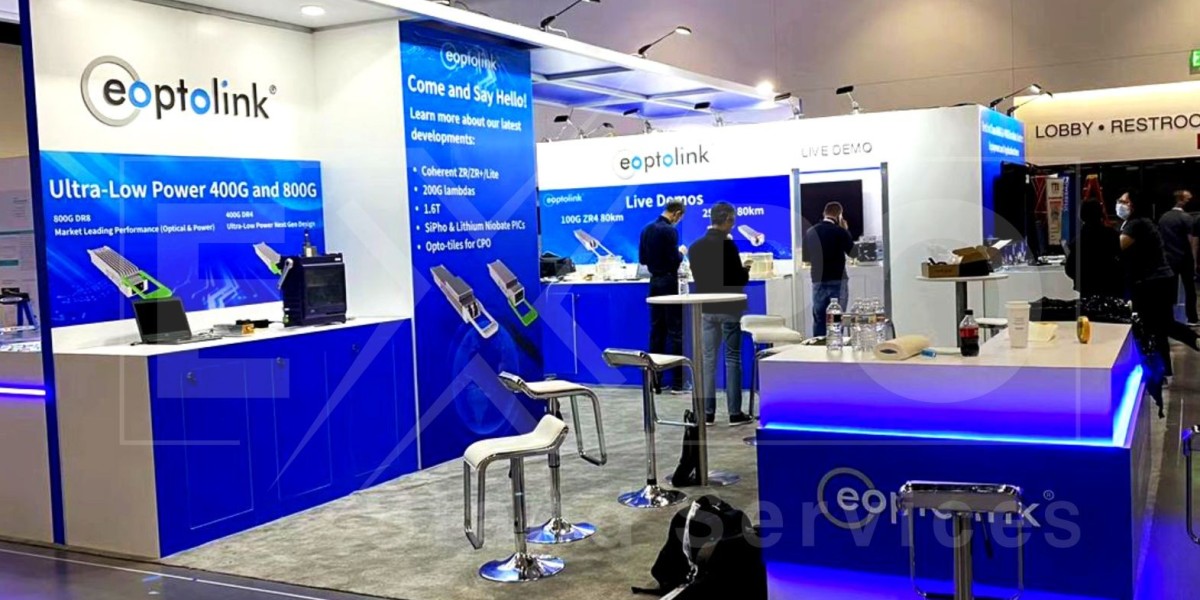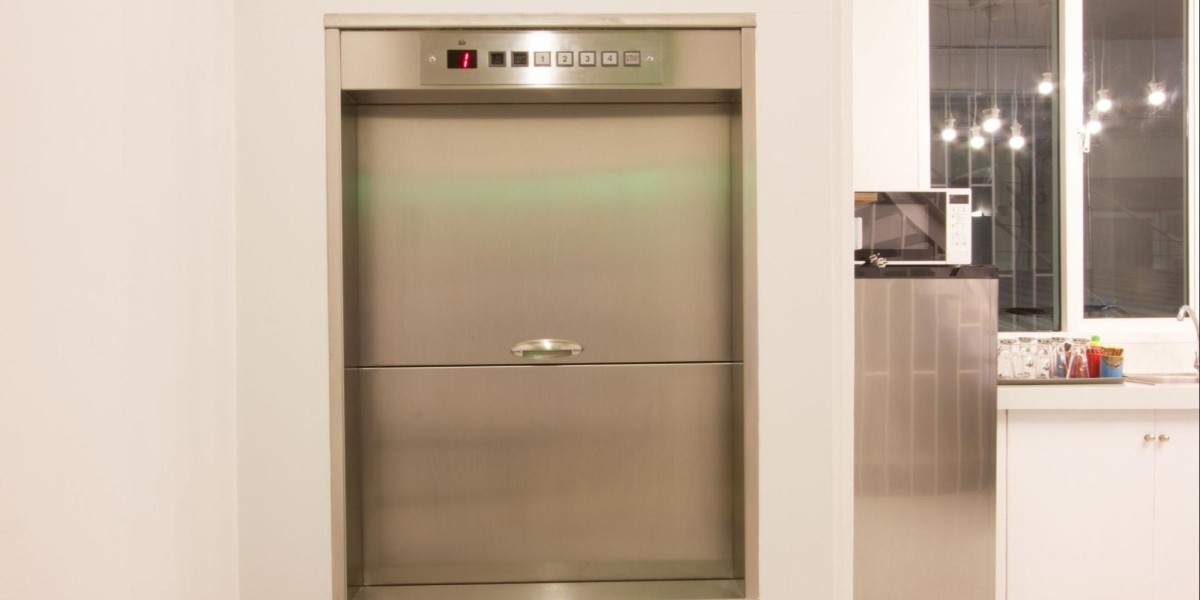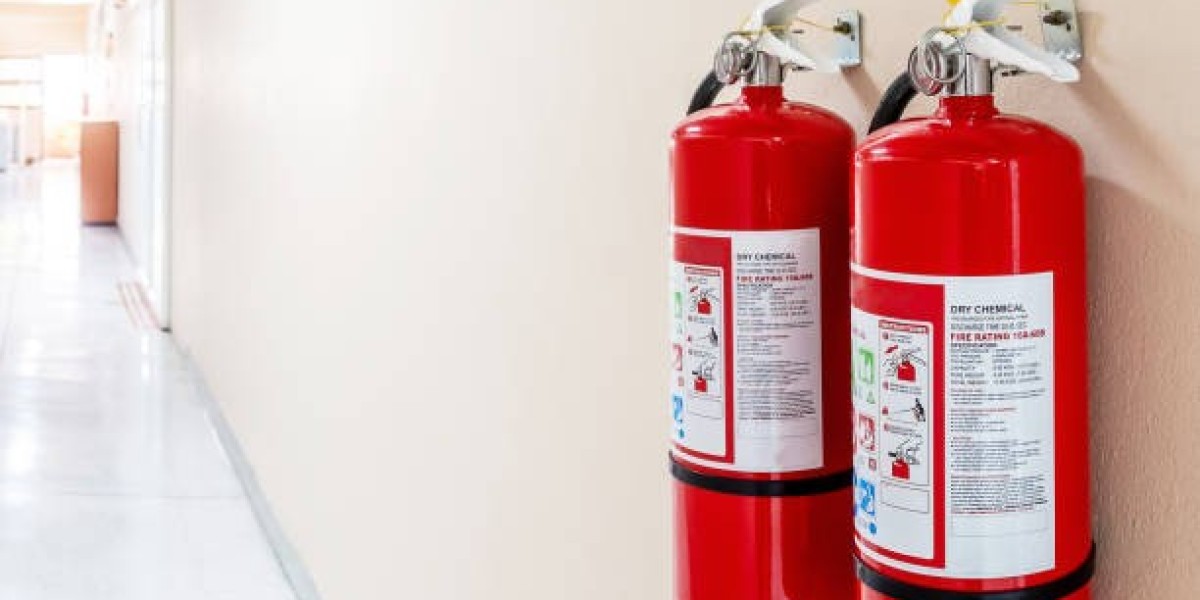Key Highlights
- The sensor testing market was valued at USD 1,791.0 million in 2023, which will rise to USD 2,835.2 million, powering at a 6.9% CAGR, by 2030.
- The growth is primarily because of the rising requirement to test the sensors in autonomous, electric, and hybrid vehicles.
- With the advent of automation and IoT, there is an increasing requirement for accurate as well as reliable sensors.
- The is likely to observe an increasing need for specific testing approaches, personalized solutions, and the integration of analytics and AI.
- The consumer electronics sector is flourishing because of the increasing need for these products in households, rising disposable incomes, changing behavior & lifestyle, and easier access to credit.
- The decrease of the import tax by the government and the rising customer expenses is likely to boost the industry.
- The growing automotive industry as well as the developments within it have increased the need for sensors.
- The requirement for sensor testing in this sector has increased because of the rising complication of automotive systems and the incorporation of ADAS, which largely depend on sensing capabilities.
- Guaranteeing their precise functionality and delivery of accurate data by them is vital for vehicles.
Market Insights
APAC accounted for the largest share of the industry, and it will continue to grow at the fastest rate, of 10%, in the years to come.
This is mainly because of the swift industrialization, rising sensor nee across different industries, and technological improvements in this region.
APAC boasts widespread manufacturing capacities for semiconductors, solar PV modules, and automotive and automotive parts.
China is advancing significantly in APAC because it is the main producer of electronic parts across the globe.
The software category will propel at a higher compound annual growth rate, of 8%, in the coming years. This will be because software is important for accurate, systematic, and effective assessment of sensor performance.
It creates an organized framework for planning and performing complex testing situations, therefore enabling the simulation of different real-world scenarios that might be unsafe or challenging to create physically.
The automotive category accounted for a significant share of the industry in 2023, of 30%, and it will further propel at a robust growth rate, of 7%, in the coming years.
This is because of the booming automotive sector, itself because of the increasing acceptance of EVs.
The rising trend of online automobile sales, in-vehicle connectivity, and autonomous vehicles; and increasing emphasis on their security and that of passengers boosts this category.
The industrial category will also advance at a robust compound annual growth rate, of 9%, in the years to come. This will be because of the importance of sensor testing in verifying performance.
The non-destructive testing category led the industry, and it will further advance at a strong compound annual growth rate in the years to come.
The need for non-destructive approaches is driven by the need for detailed assessments without harming the sensors.
The sensor testing industry is competitive in nature, with many recognized players providing a range of software, services, and testing equipment.
Source: P&S Intelligence







